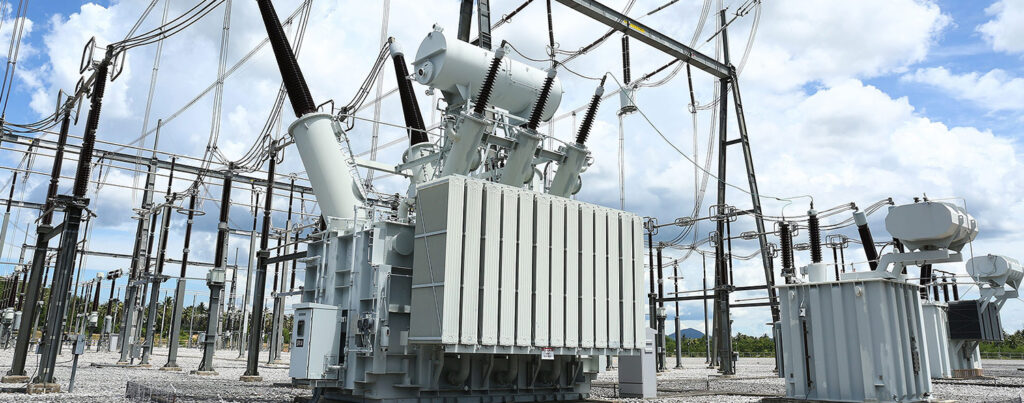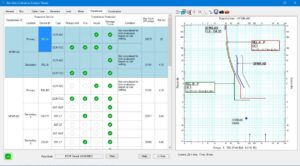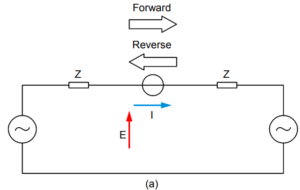Application of Over-excitation protection
Overexcitation protection applies on direct-connected generator unit transformers.
Why to apply Over-excitation protection?
Excessive excitation current leads directly to overheating of core and unlaminated metal parts of a transformer.
Such overheating in turn causes damage to adjacent insulation and leads to ultimate failure.
IEEE Std C57.12.00-2000 requires that transformers shall be capable of operating continuously at 10% above rated secondary voltage at no load without exceeding the limiting temperature rise.
The requirement applies for any tap at rated frequency.
Direct-connected generator transformers subjects to a wide range of frequency during the acceleration and deceleration of the turbine.
Settings for Over-excitation protection
Under the conditions as mentioned above, the ratio of the actual generator terminal voltage to the actual frequency (V/f or V/Hz) shall not exceed 1.1 times the ratio of transformer rated voltage to the rated frequency on a sustained basis:

Generator manufacturers now recommend an overexcitation protection system as part of the generator excitation system to protect the transformer against overexcitation.
These systems may alarm for an overexcitation condition; and, if the condition persists, they may decrease the generator excitation or trip the generator and field breakers, or both.
The generator and transformer manufacturers should provide their recommendation for overexcitation protection.
Overexcitation relays (i.e., V/Hz) may be used on transformers located either at or remote from generating stations.
They are available with a definite time delay or an inverse-time overexcitation characteristic to connect for trip or alarm.
Below provided link helps to gain more knowledge on overexcitation protection of transformers:
https://www.microener.com/contenu/uploads/2012/08/VPH24_PRELIM-ME.pdf







